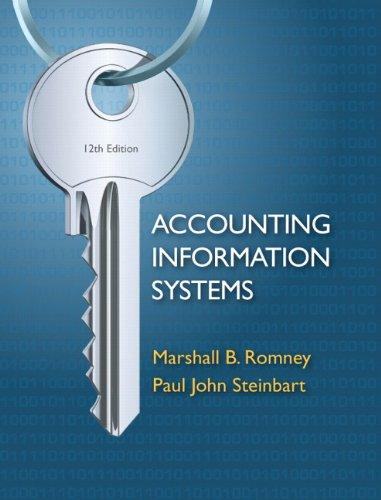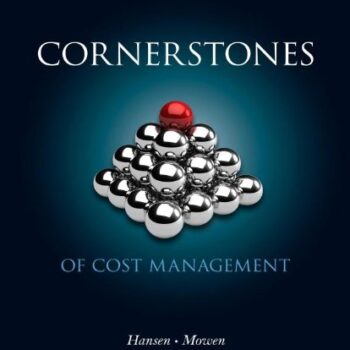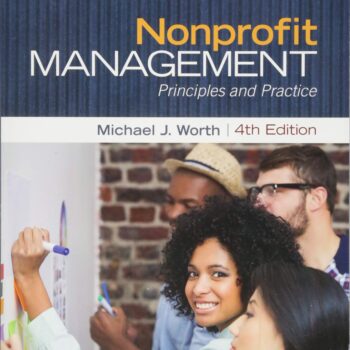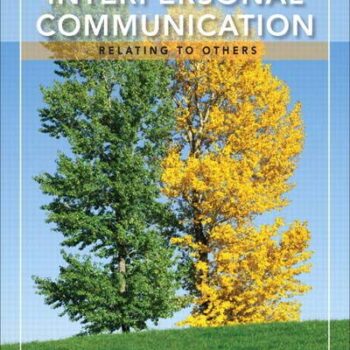
Test Bank For Accounting Information Systems, 12 Edition Marshall B. Romney
Original price was: $55.00.$19.00Current price is: $19.00.
Digital item No Waiting Time Instant DownloadISBN-13: 978-0132552622 ISBN-10: 0132552620
The Test Bank for Accounting Information Systems, 12th Edition by Marshall B. Romney assists accounting students and teachers in the most meticulous techniques of acquiring new learning. This test bank comprises questions on a number of issues such as accounting systems, data processing, and information flow in business organizations. Using this test bank improves one’s knowledge about accounting processes and also enables one to pass the examinations faster.
Key Topics Covered in This Test Bank
In this Test Bank for Accounting Information Systems, 12th Edition, we focus on several key topics:
- Understanding Accounting Systems: The students are taught how accounting systems gather, process, and store relevant data.
- Internal Controls: Internal controls are the procedures aimed at safeguarding financial information.
- Data Management: Techniques for collecting and managing financial data are discussed.
- Information Flow: Communication of information within and between different departments of the organization is covered.
- Technology in Accounting: Integration of technology within accounting processes is studied.
This test bank assists in the patient learning the basic accounting information systems concepts which can further be used in practice.
Why Use This Test Bank?
Accessing and using this test bank has various benefits:
- Practice Makes Perfect: You can repeat and practice any topic you want to and choose from multiple choice, true/ false, and essay questions provided for each topic.
- Exam Prep: Prepare and gain confidence with exam-type questions related to concepts from the 12th edition.
- Immediate Reflection: Know instantly your strengths and weaknesses in knowledge regarding the subject matter.
- Improved Chances: With this tool, you are more ready to face accounting exams head-on with limitless confidence.
How to Make the Most Out of the Bank of Tests
So with this test ban, you can do the following:
- Look at the topics before the examinations to enhance preparedness.
- Look at certain themes and establish which areas you definitely should improve on.
- Use diverse sets of questions to test for comprehension of certain knowledge.
This method guarantees you develop an understanding of Accounting Information Systems as well as the ability to manage these systems and the data.
Understanding Accounting Information Systems
There is plenty of content in Marshall B. Romney’s work, which should be mastered in practice, and the Test Bank for Accounting Information Systems, 12th Edition details these tasks in every topic. It is a non-complicated tool, suitable for self-evaluation and exam practice. Because it is made for quick and efficient learning, this product takes full advantage of a person’s study time for the best outcomes in accounting.
Summary
The Test Bank for Accounting Information Systems, 12th Edition by Marshall B. Romney is a useful work for students who seek to get a better understanding of accounting systems and pass examinations. It spans from internal controls to data processing and the application of technologies in accounting, making you more self-assured in your knowledge of this particular field.
Test Bank For Accounting Information Systems, 12 Edition Marshall B. Romney
Accounting Information Systems, 12e (Romney/Steinbart)
Chapter 2 Overview of Transaction Processing and ERP Systems
1) What usually initiates data input into a system?
A) The transaction system automatically checks each hour to see if any new data is available for input and processing.
B) The performance of some business activity generally serves as the trigger for data input.
C) A general ledger program is queried to produce a trial balance at the end of an accounting period.
D) Data is only input when a source document is submitted to the accounting department.
2) An ERP system might facilitate the purchase of direct materials by all of the following except
A) selecting the best supplier by comparing bids.
B) preparing a purchase order when inventory falls to the reorder point.
C) routing a purchase order to a purchasing agent for approval.
D) communicating a purchase order to a supplier.
3) Which of the following is not true about the accounts receivable subsidiary ledger?
A) Debits and credits in the subsidiary ledger must always be equal.
B) Every credit sale is entered individually into the subsidiary ledger.
C) The total of the subsidiary ledgers must equal the control account.
D) The subsidiary ledgers play an important role in maintaining the accuracy of the data stored in the AIS.
4) Which of the following is not usually a consideration when designing a coding system?
A) Government regulations on coding systems
B) Standardization
C) Future expansion needs
D) Facilitating report preparation
5) The general ledger
A) summarizes the transactions in journals.
B) only includes balance sheet accounts.
C) is posted in total to the general journal.
D) is the initial place to record depreciation expense.
6) For a retail business, delivery of inventory, from a vendor (with whom there is an established credit relationship) would be initially recorded in which type of accounting record as part of which transaction cycle?
A) purchases journal; expenditure cycle
B) general journal; expenditure cycle
C) general ledger; expenditure cycle
D) cash disbursements journal; production cycle
7) Which of the following statements regarding special journals is not true?
A) The balances in a special journal must always be reconciled to the general ledger.
B) Special journals are used to record large numbers of repetitive transactions.
C) Special journals are periodically summarized and posted to the general ledger.
D) Special journals provide a specialized format for recording similar transactions.
8) Changing an employee’s hourly wage rate would be recorded in which file?
A) Employee master file
B) Employee transaction file
C) Payroll master file
D) Payroll transaction file
9) A typical source document could be
A) in some paper form.
B) a computer data entry screen.
C) a notepad entry.
D) both A and B
10) Which step below is not considered to be part of the data processing cycle?
A) data input
B) feedback from external sources
C) data storage
D) data processing






